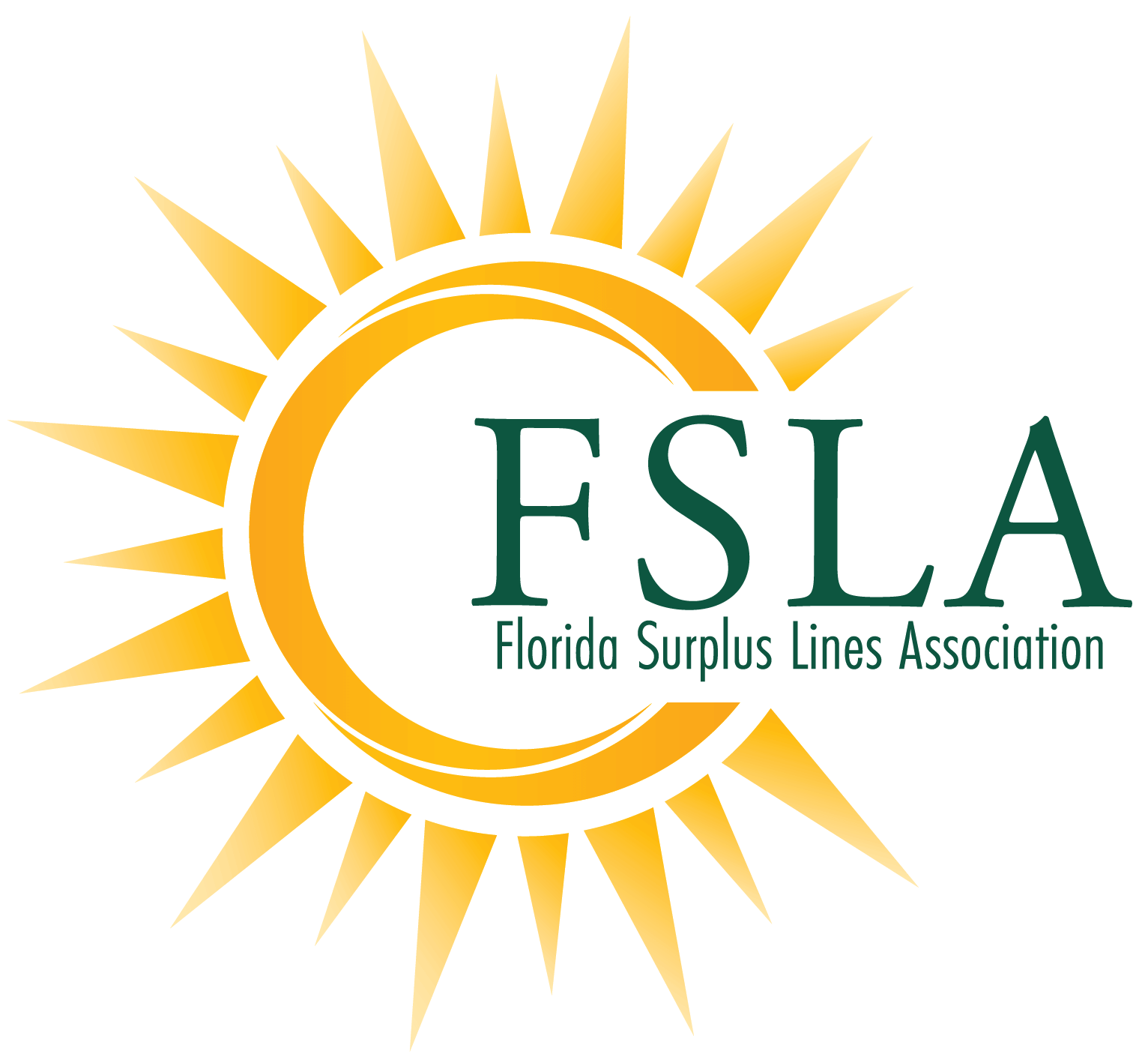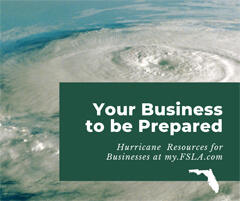“Insurance creates a barrier to workforce housing“
By Don Design, Orlando Sentinel, March 20, 2023
The demand for attainable housing in Florida continues to grow, even more so in communities like ours in Central Florida hit hardest by recent hurricanes. In order to keep Florida the best place to live, work and raise a family, our state must keep up and ensure the backbone if its economy — people in the workforce — have homes they can afford. The cost of insurance exacerbates problems with access to affordable workforce housing.
Our population climbs because people choose Florida as a place of opportunity. Florida’s business-friendly climate, lower taxes and job opportunities are attractive for many lower- and middle-class Americans. But the gap between the price of attainable or “workforce” housing and homes hurts working people the most. While we can’t control some of the reasons–inflation, windstorm risk, and sea level rise–there are other reasons, like lawsuit abuse, which has exacerbated Florida’s reinsurance challenges, that can be reined in.
According to the Office of Economic and Demographic Research’s latest forecast, “between April 1, 2022 and April 1, 2027, population growth is expected to average 294,756 net new residents per year (808 per day), representing a compound growth rate of 1.29% over this five‐year time horizon. These increases are analogous to adding a city about the size of Orlando every year.”
Yet, according to research from Apartment List, Florida leads the nation in rental unaffordability, with almost 57% of renters considered cost-burdened. Many in the service and tourism industries can’t meet soaring rents with the rising costs of other basic needs.
To keep attainable housing construction going, specialty insurance solutions are often needed to support developers and contractors. This unique type of insurance behind the scenes is known as “surplus lines” insurance, and it plays an important role in providing insurance for hard-to-place, unique or high-limit risks. Surplus lines insure risks that are declined by standard insurance carriers and frequently support contractors by insuring new affordable, workforce housing building projects in Florida.
Surplus lines continue to be the main insurance solution for workforce housing: according to affordable home providers, surplus lines insurance almost exclusively writes their coverage. Many of these projects would have had a difficult, if not impossible, time obtaining insurance at all. The “safety valve” of the insurance industry, surplus lines fill in the unique coverage needs of the marketplace.
The basic need of housing availability is of great importance to Florida’s economic development and economic sustainability, and it is an issue lawmakers are already discussing as we head into Legislative Session March 7. Lawmakers will have an opportunity to work on reforms that support attainable housing, and will hopefully recommend reforms related to lawsuit gamesmanship, which increase litigiousness and drive up verdicts. These litigation loopholes also create a cooling effect on insurance capacity, which can compound pricing problems for affordable housing owners and their tenants.
“We are hopeful the Legislature will build on past attempts to reign in excessive litigation,” says Scott Macdonald, Chair of the Coalition of Attainable Housing Providers’ Insurance Committee. “Reforms are needed to attract the admitted market back into our sector, as well as increase capacity and improve affordability in the surplus lines market. The State of Florida has made funding attainable housing a priority, but the number of units being created with State funding is being eroded by insurance costs driven by excessive litigation.”
Members of the Florida Surplus Lines Association look forward to working with lawmakers to build on the great work accomplished in the recent special session, so Florida can build the attainable housing our growing population needs.
Don Deising of All Risks, Ltd., A Ryan Specialty Group Company, in Lake Mary, Fla., is the president of the Florida Surplus Lines Association.
# # #




